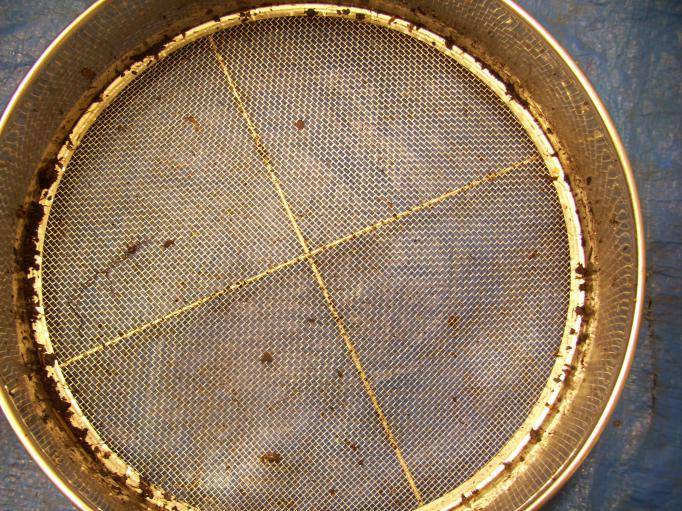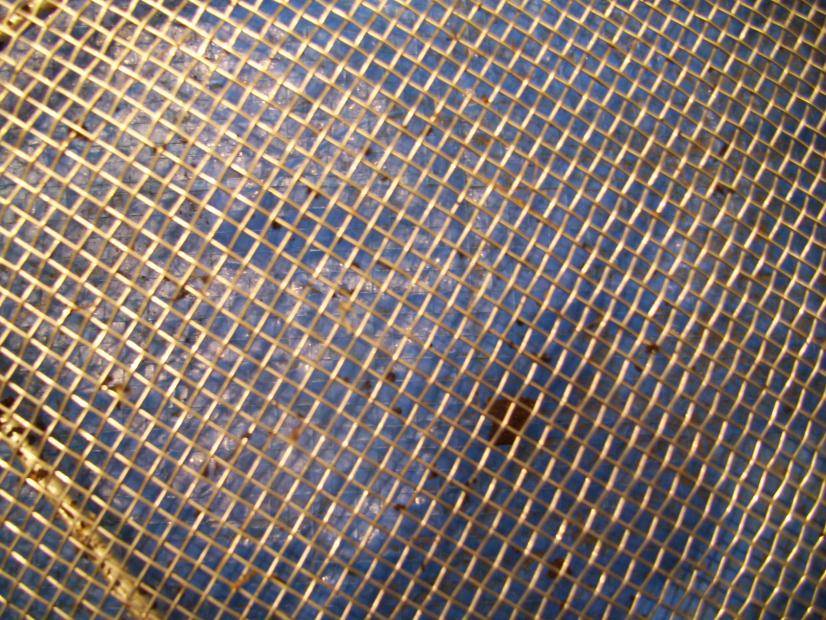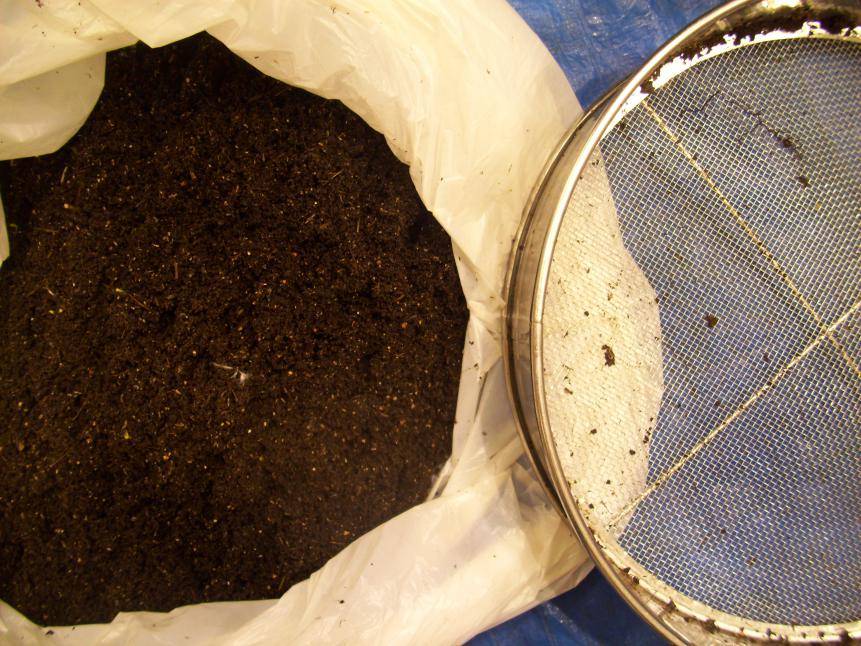-
ICMag with help from Phlizon, Landrace Warden and The Vault is running a NEW contest for Christmas! You can check it here. Prizes are: full spectrum led light, seeds & forum premium access. Come join in!
You are using an out of date browser. It may not display this or other websites correctly.
You should upgrade or use an alternative browser.
You should upgrade or use an alternative browser.
Worming 101
- Thread starter Suby
- Start date
yep that's what a few people suggest around here...Once my compost pile is done to a point whee I feel good about it I will be doing it defiantly. problem I have it I had been adding too it everytime it lost volume as I only have enough room for 1 pile and wanted to get the most out of it as I could I'm not too bothered as long as it's ready to use next year i'l be happy
My redworms turned up, I can't believe how small these things are compared to my euros. 3k of redworms are smaller than 1k euros....(well I got a kilo at first and I think that equals a 1000).
mosst of my euros stay towards the bottom of my bin in the bottom 1/3rd then a few in the middle and top, but I think redworms like to stay in the top few inches
mosst of my euros stay towards the bottom of my bin in the bottom 1/3rd then a few in the middle and top, but I think redworms like to stay in the top few inches
Yes the Euros will be at all levels (mostly deeper) and the reds more towards the top 3inches. When I crack the lid on my bins, the reds are all over woven through the leaf/compost mix. They move out pretty quick. There are usually some Euros there as well, but most are deeper.
Personally, I think it may make for a better end product long term. Making sure that everything gets worked really well.
I feel like such a geek with the amount of interest I find in these damn little squirmers!
Personally, I think it may make for a better end product long term. Making sure that everything gets worked really well.
I feel like such a geek with the amount of interest I find in these damn little squirmers!
B
BlueJayWay
I was considering that azeotrope....I'm using #45 smart pots, I have one filled up to the brim with old soil, compost, rice hulls, kitchen scraps and dusted with things like rock dust neem seed etc. there's a starter 1000 cocoons and one pound of red worms in there.
I'm going to start 5 more of these bins and I too think having euros in there will be a good thing!
Especially in my deeper notill containers I think would benefit from euros....
I'm going to start 5 more of these bins and I too think having euros in there will be a good thing!
Especially in my deeper notill containers I think would benefit from euros....
M
MrSterling
Doing the Lord's work and bumping this thread. Any online vendors of European nightcrawler cocoons? Blue Ridge seems to be out.
V
vonforne
OKD - How about composting and then having the worms work it to refine it? Seems to be an excellent method.
I prefer to do this since you can get a finished product quicker than using raw materials which take 6 months or more. When using compost (thermal) or composted cow manure the turn over time is around 3 months.
V
OKD - How about composting and then having the worms work it to refine it? Seems to be an excellent method.
I will be trying this out also once my compost pile as broken down a tad more.
I posted these in the other thread but it is more appropriate in here
I took the finest grade sieve i could find,

Each hole is about 1.5mm

I sieved the contents of my worm bin with it and this i what I got,.

close to 100% pure castings still tiny bits of egg shell ect ...


I will be trying this out also once my compost pile as broken down a tad more.
I posted these in the other thread but it is more appropriate in here
I took the finest grade sieve i could find,
Each hole is about 1.5mm
I sieved the contents of my worm bin with it and this i what I got,.
close to 100% pure castings still tiny bits of egg shell ect ...
D
dogfishheadie
good shit (no pun intended)! just started my 18 gal rubber maid bin about two weeks ago (news paper, peat, egg shell, bananas, coffee). this might sound like a stupid question, but how will I be able to tell the difference between the worm poop and the peat? do I wait till all the news paper / other materials are gone and then sift it like you did? does the poop make it's way to the bottom or will it be spread out amongst the different levels?
you will just know mate, worm poo and peat are totally diff looking, wait till everything as been turned over by the worms it will be a nice dark brown, sweet smelling and crumbly, once a month or so I would mix my tub because most of the euros stayed towards the bottom but now I got a mix of reds and euros I doubt I will need to do it
M
MrSterling
Changed my mind on not going gung-ho with the worms. 12,000 red wiggler cocoons ordered. Now to track down some pumice or aeration material for these two 100gal bins.
Hey hey.. this thread needed a bump and I was doing some work with the worm bin so i thought why not...
I took my 1-2mm sieve and sieved the whole worm bin and this is what I ended up with...
the picture with the shoe is size 10 (UK) to gauge the size... also an arm chair...I would quess 25liters atleast,





I took my 1-2mm sieve and sieved the whole worm bin and this is what I ended up with...
the picture with the shoe is size 10 (UK) to gauge the size... also an arm chair...I would quess 25liters atleast,
D
dogfishheadie
so basically the worm poo is smaller than the peat / other misc items in my bin when you sift it? i suppose it would answer my initial question a few pages back about being able to tell the difference between the castings and the peat.
the worm poo i bought locally has some tiny sticks in it and as i've never seen high quality worm poo vs. mediocre worm poo in person, i can't really grade the stuff i have. but i do know that your poo looks pretty stellar vs what i've currently got. think i paid $10 for 20 lbs? i do know they had a giant worm sifter on site as well as a ton of 5-10' high compost piles. however, i did see what looked to be like some residential waste throughout them and tons of birds flying abouts. not sure if it was the real quality castings some of you all use.
i was able to make what seemed to be a pretty decent aact (ewc + molassas) for my soil i mixed up last friday, opened it last night to add a few things and it was covered it a thin white film, smelled pretty rank.
the worm poo i bought locally has some tiny sticks in it and as i've never seen high quality worm poo vs. mediocre worm poo in person, i can't really grade the stuff i have. but i do know that your poo looks pretty stellar vs what i've currently got. think i paid $10 for 20 lbs? i do know they had a giant worm sifter on site as well as a ton of 5-10' high compost piles. however, i did see what looked to be like some residential waste throughout them and tons of birds flying abouts. not sure if it was the real quality castings some of you all use.
i was able to make what seemed to be a pretty decent aact (ewc + molassas) for my soil i mixed up last friday, opened it last night to add a few things and it was covered it a thin white film, smelled pretty rank.
once you let your worms cycle the bin there wont be no peat left to sieve out... that's if it's done properly, how many worms you got? i'd say I got 10k atleast in a roughly 45 ltr tub so it gets worked over very fast, it's best to let them cycle it for as long as possible untill there is no visible signs of anything other than castings,Ive not felt peat before but i'm sure the texture will be different to the castings so you should know by rubbing some between your thumb and finger...
"i was able to make what seemed to be a pretty decent aact (ewc + molassas) for my soil i mixed up last friday, opened it last night to add a few things and it was covered it a thin white film, smelled pretty rank."
you should only brew an ACT for like 36 hours and defo should not smell rank, should smell nice and earthy sweet..
I use MM's recipe. 2.38% EWC and 0.50% Molasses
"i was able to make what seemed to be a pretty decent aact (ewc + molassas) for my soil i mixed up last friday, opened it last night to add a few things and it was covered it a thin white film, smelled pretty rank."
you should only brew an ACT for like 36 hours and defo should not smell rank, should smell nice and earthy sweet..
I use MM's recipe. 2.38% EWC and 0.50% Molasses
A recipe for a balanced nutrient cycling ACT which many growers claim to have great success with is;
[vermi]compost – 2.38%
unsulphured pure black strap molasses - 0.50% [but you can use a maximum 0.75%]
fish hydrolysate (high quality) - 0.063%
Do not use chemically deodorized liquid fish!
kelp meal - 0.25% max. [Less is more!]
NOTE: This is a maximum amount of kelp and you can experiment using less. This is using regular grade kelp meal for livestock. If you have soluble kelp, I recommend using smaller amounts. As noted earlier kelp meal can initially delay bacterial multiplication and fungal growth in ACT.
soft rock phosphate granules/powder - 0.063% Consider this optional. In the past 2 years I’ve become more aware of the possibility of polonium 210 and lead content in soft rock phosphate which is radioactive. This varies depending on how it was mined and where. If you wish to use this in ACT check all available data. Look for heavy metal testing
We grind up the granules into a powder with a coffee grinder
The brew time should average around 36 hours and no longer than 48 hours. If you have a microscope then stop when the microbes desired are observed. Otherwise smell for the foodstocks being used up, possible rank odor (indicating anaerobes) and a positive earthy or mushroom-like aroma.
D
dogfishheadie
smelled pretty rank."
well hopefully my new to organic nose that is confusing the two. maybe it's just the ammonia'ish smell / crab meal / other misc smells that i've never smelled before that's making it smell that way. don't get me wrong, i think it smells great. i've only used the fox farm stuff once, way back when so that's all I have to compare it to


